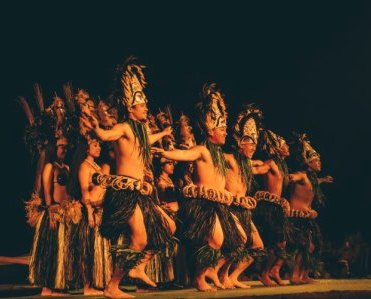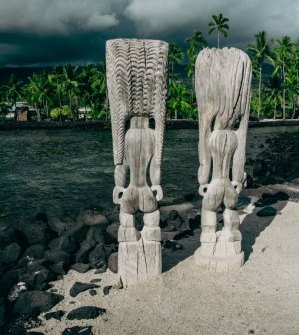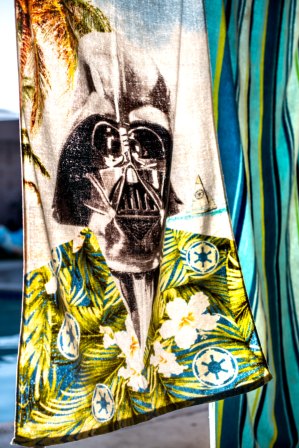 Hawaiian art is a distinctive and captivating manifestation of the culture, history, and natural beauty of the Hawaiian Islands. This unique form of artistic expression is deeply rooted in the traditions and customs of the indigenous Hawaiian people, enriched by the influence of subsequent waves of immigrants and settlers who have made the islands their home. In this article, we will explore what makes Hawaiian art truly special.
Hawaiian art is a distinctive and captivating manifestation of the culture, history, and natural beauty of the Hawaiian Islands. This unique form of artistic expression is deeply rooted in the traditions and customs of the indigenous Hawaiian people, enriched by the influence of subsequent waves of immigrants and settlers who have made the islands their home. In this article, we will explore what makes Hawaiian art truly special.
An Intersection of Cultures

Hawaiian art is a beautiful confluence of diverse cultural influences. It draws from the rich traditions of the Native Hawaiian people, whose artistry was historically expressed through woodcarving, tapa cloth, featherwork, and petroglyphs. Over time, the arrival of Europeans, Asians, and other groups brought their artistic traditions, further enriching Hawaiian art with new techniques and materials.
Depicting Nature’s Splendor
The breathtaking natural beauty of Hawaii, with its lush landscapes, pristine beaches, and towering volcanoes, has long been a wellspring of inspiration for Hawaiian artists. The art captures the vivid colors of Hawaiian flora and fauna, the enchanting sunsets, and the mesmerizing ocean waves. It conveys a deep appreciation for the natural world and the spiritual connection that Hawaiians have with their environment.
Storytelling and Tradition
Hawaiian art serves as a means of storytelling, preserving the stories, legends, and history of the islands. Traditional Hawaiian art often features motifs and symbols that hold deep cultural significance. Petroglyphs etched into lava rock, for example, tell tales of ancient times, while the design of quilts can narrate the history of a family or community.
Kapa and Featherwork

Two iconic forms of traditional Hawaiian art are kapa and featherwork. Kapa, or bark cloth, is made from the inner bark of the paper mulberry tree and is dyed and decorated with intricate designs. Featherwork, called “lei hulu,” involves using brilliantly colored feathers from native birds to create stunning garments, capes, and ceremonial items. Both of these art forms showcase the craftsmanship, skill, and dedication of Hawaiian artisans.
The Art of Hula

Hawaiian art is not limited to visual forms; it also includes the performing arts, with hula being one of the most renowned. Hula combines dance, music, and chanting, telling stories through graceful movements. It serves as a spiritual and cultural expression that has been preserved and evolved over centuries.
A Cultural Renaissance
The 20th century saw a resurgence of interest in traditional Hawaiian art and culture. The Hawaiian Renaissance, a cultural revitalization movement, led to a renewed appreciation for indigenous art forms and a resurgence in their practice. Artists and artisans began to rediscover and revive ancient techniques, bringing traditional Hawaiian art into the contemporary context.
Art for Education and Preservation

Hawaiian art also plays a pivotal role in education and cultural preservation. It serves as a means of passing down traditional knowledge and skills to younger generations. Many artists and organizations are dedicated to preserving and promoting Hawaiian art and culture, ensuring that these precious traditions endure.
In conclusion, Hawaiian art is a testament to the enduring beauty and cultural richness of the Hawaiian Islands. It is a dynamic and multifaceted expression of the land, history, and people of Hawaii. From traditional forms to contemporary interpretations, Hawaiian art captures the essence of this paradise on Earth, inviting all to immerse themselves in its captivating allure and profound significance.
